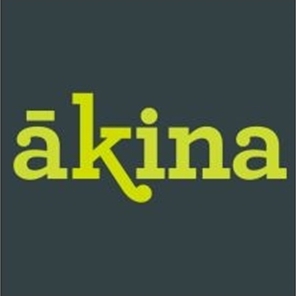Air New Zealand buys 15 new aircraft to compete regionally
Air New Zealand buys 15 new aircraft to compete regionally
By Fiona Rotherham
Air New Zealand is purchasing 15 new ATR72-600 aircraft worth a total US$375 million as regional competition hots up.
Chief executive Christopher Luxon announced the new aircraft at a press conference in Auckland, attended by Prime Minister John Key.
Eleven of the new aircraft will replace the airline’s ageing 72-500 fleet while the remaining four will allow for growth on regional routes on which Air New Zealand is facing fresh competition from Qantas offshoot, Jetstar.
Air New Zealand has said the extra seating capacity on the new aircraft means it will be able to be more competitive on price fares this year and passengers can expect to see over 2 million fares under $100 this financial year.
Three years ago Air New Zealand said it would invest in 14 of the 72-600 aircraft, of which seven have since been delivered and the remaining seven will arrive by the middle of next year. The 15 additional aircraft are due to arrive at the end of next year.
Luxon said the airline was committed to operating a world-leading turboprop fleet and a comprehensive regional network.
“The extra four 68-seat ATR72-600 that we are adding to our fleet will enable us to operate up to an additional 600,000 seats into the New Zealand regional market annually,” Luxon said.
Once the new aircraft arrive, the airline will have a fleet of 29 ATR aircraft, the third largest in the world, to service the regional network. In addition, Air New Zealand also currently operates 10 19-seat Beech 1900D and 23 50-seat Bombardier Q300 aircraft.
At the company’s annual meeting last month, Luxon said the airline is spending $2.6 billion in the next four years on new aircraft, including a further 7 Dreamliners.
Overall fleet capacity will increase 11 percent this year compared to 12 per cent last year which Luxon said was the fastest it had grown in the airline’s 75-year history.
The country’s national
carrier also said increased demand due to buoyant tourism
and lower fuel prices had strengthened its outlook for the
first half of the 2016 financial year with a forecast $400
million profit before tax compared to $216 million in the
previous corresponding
period.
(BusinessDesk)


 NZ Trade and Enterprise: NZ Businesses Deliver $340 Million Trade Boost For New Zealand In China
NZ Trade and Enterprise: NZ Businesses Deliver $340 Million Trade Boost For New Zealand In China Ngā Manu Nature Reserve: Celebrating The Return Of Tuatara To Ngāti Koata And Brook Waimārama Sanctuary
Ngā Manu Nature Reserve: Celebrating The Return Of Tuatara To Ngāti Koata And Brook Waimārama Sanctuary Employers & Manufacturers Association: Work-related Injuries In Manufacturing Create $1.23 Billion Economic Burden On NZ
Employers & Manufacturers Association: Work-related Injuries In Manufacturing Create $1.23 Billion Economic Burden On NZ Consumer NZ: Consumer NZ Questions Supermarket Specials: Are They Really Saving You Money?
Consumer NZ: Consumer NZ Questions Supermarket Specials: Are They Really Saving You Money? NIWA: October Climate Summary - A Mild Month Overall, Very Wet For Much Of The South Island
NIWA: October Climate Summary - A Mild Month Overall, Very Wet For Much Of The South Island Bill Bennett: I didn’t leave WordPress, WordPress left me
Bill Bennett: I didn’t leave WordPress, WordPress left me



